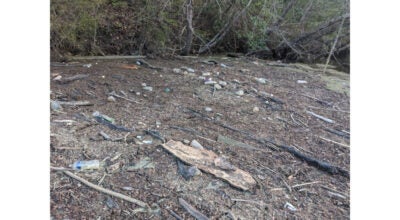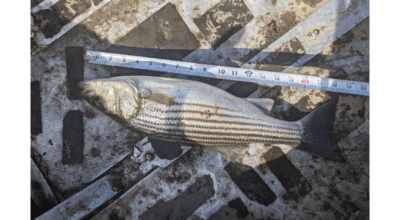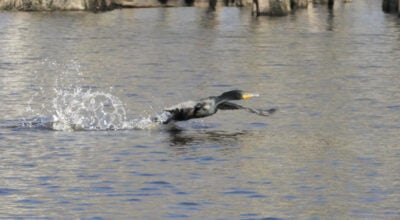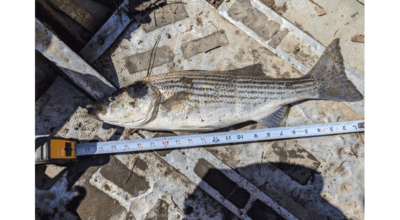Arrange your butterfly garden thoughtfully
Published 11:35 am Wednesday, August 1, 2018
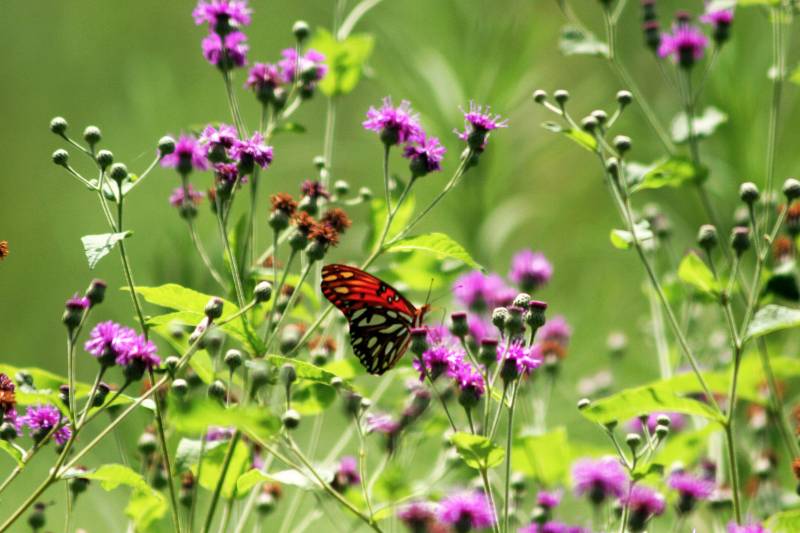
- When it comes to butterfly gardening, strategize beforehand about plant selections if you want to both feed the adults and their caterpillars. -- Courtesy
by Kristin Hendricks
They float, they glide, they hover, they land (but not for very long.) The butterflies of Virginia, that is. When composing “Waltz of the Flowers,” Tchaikovsky must have been describing how a butterfly bush invites such delightful creatures for a dance in the summer breeze. These colorful and entertaining insects seem to daintily sway with the flower spikes as the butterflies drink in the blossom’s sweet nectar.
Experience tells us that before you execute, plan. When it comes to butterfly gardening, strategize beforehand about plant selections if you want to both feed the adults and their caterpillars.
Choose a variety of nectar-producing plants with flowers that bloom steadily throughout the season. It is critical to have plants that flower in mid- to late summer when butterflies are the most active. This will encourage a continuous succession of winged visitors to your garden.
Plants that flower with multiple florets, producing abundant nectar are the best possible choice. Lantana, liatris and butterfly weed, in addition to the ubiquitous butterfly bush, are popular, drought-tolerant selections for the Southside requiring little maintenance in return for a wealth of butterfly activity. But much depends on the butterfly and their specific tastes.
For instance, the eastern tiger swallowtail gravitates to pink coneflowers and red pentas as nectar favorites. The elegant spicebush swallowtail enjoys homestead purple verbena, wild bergamot and lavender phlox nectar.
The famous monarch selects the blue mist flower, autumn aster and marigolds of much the same color as their own wings.
Nectar is essential, yes, but host plants are also critical when you create your garden to provide a site for the female butterfly to lay her eggs and serve as a food source for the emerging caterpillars. She will only lay eggs on those plants that the caterpillars can use as food.
Most species of caterpillars are choosy. If eggs are placed on an unsuitable plant, the caterpillar hatchings will not survive.
Hollyhock and sunflowers are highly attractive host plants for the painted lady. The black swallowtail selects dill, parsley and fennel as top choices as hosts. And the female monarch will only lay her eggs on milkweed. There are many species of milkweed, including common, swamp, white and purple varieties, so tryout a couple. If you don’t supply host plants, you’re limiting butterfly attendance.
A convenient approach is to group both host and nectar plants in the same bed, but be aware caterpillars have a bad case of the munchies. Site trees known to serve as welcoming hosts nearby. A water source is always appreciated.
Contact the Master Gardener Helpline to learn of additional plants sure to attract the “flowers” of the insect community to your landscape. Call 356-1979 on Wednesdays, 10 a.m.-noon.
KRISTI HENDRICKS is a member of the Western Tidewater Master Gardeners. Contact her at GardenontheJames@yahoo.com.


